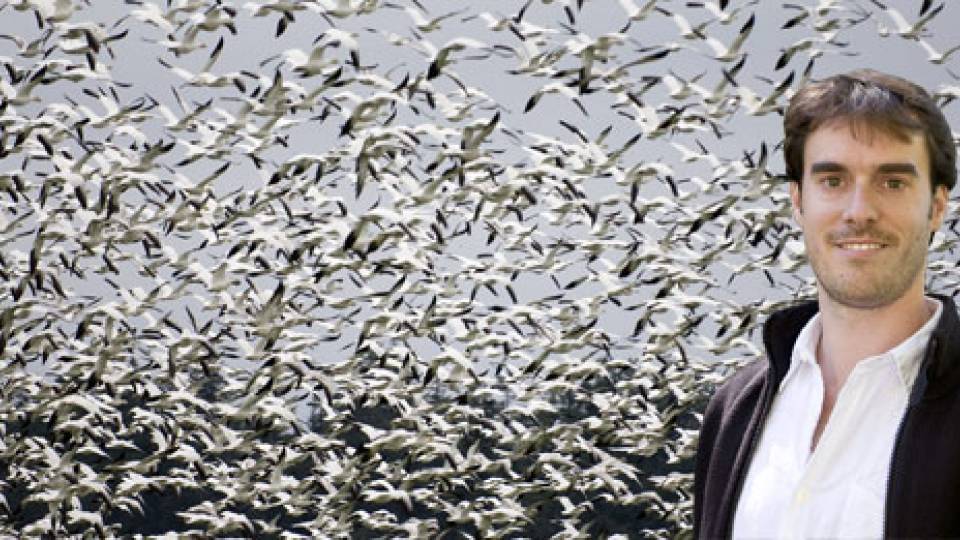It turns out that bacteria are real social climbers. Or at least social wigglers.
A study by Princeton University scientists has shown that bacteria actively move around their environments to form social organizations. The researchers placed bacteria in minute mazes and found that they sought each other out using chemical signals.
Biologists have become increasingly aware of social interactions among bacteria, but previously believed that clusters formed only when bacteria randomly landed somewhere, then multiplied into dense populations.
The discovery that they actively move into gatherings underscores the importance of bacterial interactions and could eventually lead to new drugs that disrupt the congregating behavior of harmful germs, said Jeffry Stock, a professor of molecular biology and co-author of the paper. "It makes sense, but it's surprising that it's as pervasive as it now seems to be," said Stock.
The work was a collaboration between Stock's lab in biology and that of Robert Austin, a professor of physics.
More information is available in a news release .
Contact: Lauren Robinson-Brown (609) 258-3601
